How to Design Games with Replayability in Mind
28 April 2025
What is it about certain games that keep us coming back for more? Is it the thrill of discovering hidden secrets? The challenge of mastering intricate mechanics? Or simply the joy of experiencing a story that feels a little different each time? Designing games with replayability in mind is an art—a delicate dance between engaging mechanics, player freedom, and the satisfaction of discovery.
Let’s dive into what makes a game replayable, how you can foster that ever-elusive “one more playthrough” feeling, and the secrets behind crafting memorable experiences that stick with players long after the credits roll.
The Heart of Replayability: What Draws Us Back?
Replayability isn’t just about creating a long game or overstuffing it with content. No, at its core, replayability is the ability to entice players to start again. It’s the spark that ignites curiosity—"What if I tried this instead?" Great replayability is like a favorite song; no matter how many times you hear it, you can’t help but hit repeat.So, what’s the trick? Replayability comes down to giving players opportunities to experience the game in fresh and exciting ways. Whether it’s uncovering different endings, testing unique strategies, or simply diving into a world that feels alive and dynamic, replayable games encourage us to come back for more.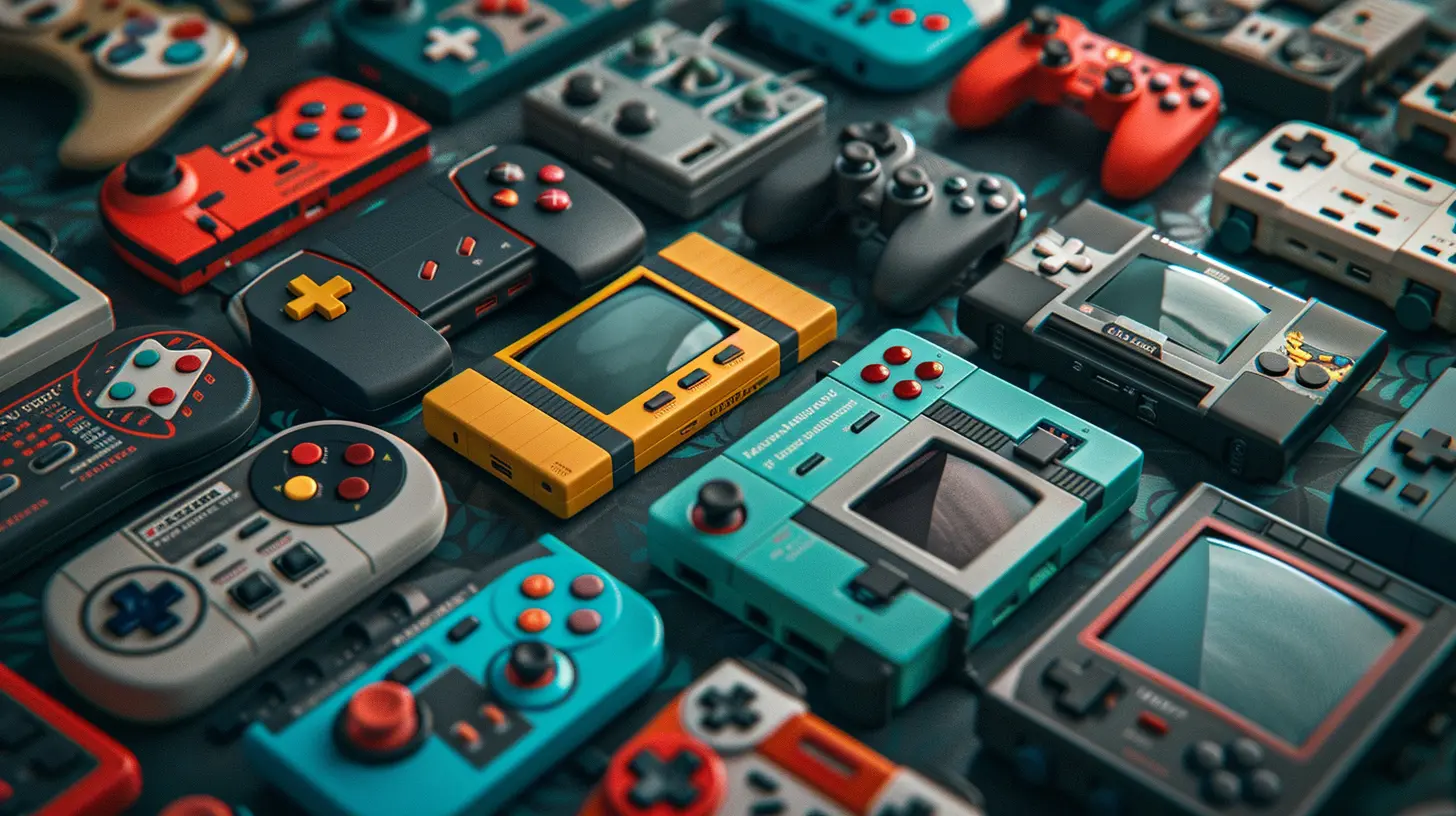
1. Choice and Consequence: The Butterfly Effect of Gaming
Nothing says replayable like a game that remembers your choices. Picture this: you’re in a game where saving one village could mean the destruction of another. Which path do you take? Games like this thrive on the idea of choice and consequence, leaving players wondering “what if?”- Dynamic Storylines
Think branching narratives, multiple endings, and dialogue options that genuinely make a difference. Games like The Witcher 3 or Detroit: Become Human excel at creating stories where choices feel significant. Players love the idea of rewinding the clock and exploring an entirely new outcome.
- Moral Dilemmas
The gray areas of morality can make decisions gut-wrenching. Encourage players to reflect on their actions and give them the chance to explore different ethical pathways in subsequent playthroughs.
2. Procedural Generation: The Ever-Changing Canvas
Imagine a world where every time you step through the door, the layout is completely different. Procedural generation can provide endless possibilities. It’s like shuffling the deck of a game, ensuring that no two playthroughs are ever the same.- Randomized Levels and Maps
Games like Rogue Legacy and Hades thrive on procedurally generated maps that keep things unpredictable. Every run feels like a new adventure, and the challenge of adapting to fresh environments keeps players on their toes.
- Loot Systems
Ever been hooked on a game because you were hunting for that one legendary item? Procedural loot systems, as seen in games like Borderlands, create a sense of anticipation. You never know what you’ll get, but the possibility of rare finds keeps players grinding.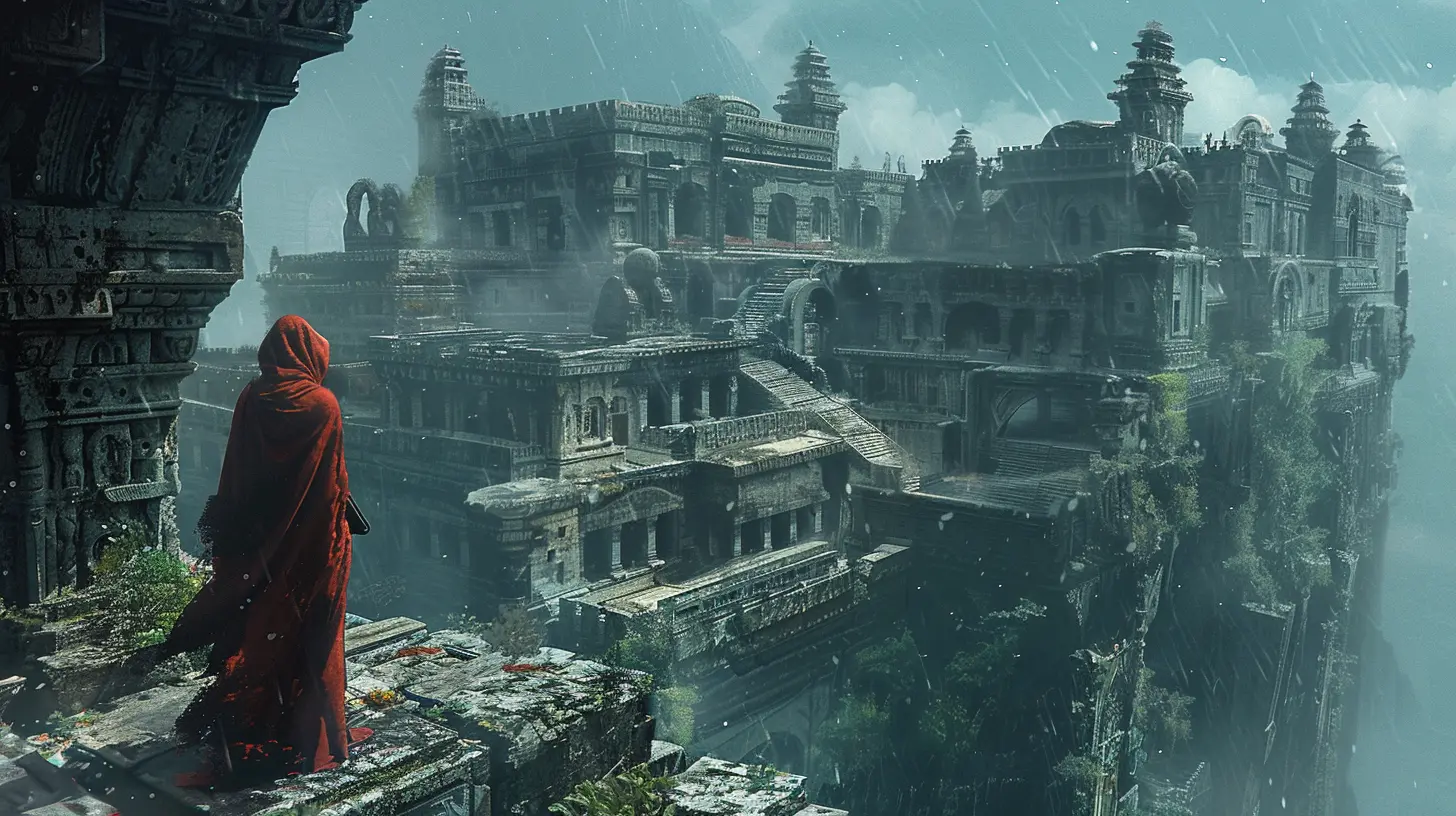
3. Mastery Mechanics: The Call to Improve
Some games thrive on the idea of “easy to learn, hard to master.” Replayability often hinges on players wanting to improve or try out new strategies. Think of it like playing chess—you might understand the rules, but there’s always room to get better.- Skill-Based Challenges
Games like Celeste or Dark Souls push players to hone their skills and conquer ever-tougher challenges. The sense of accomplishment that comes with beating a tough level or boss is addictive. It's the gaming equivalent of climbing a mountain.
- Alternate Playstyles
Offer ways for players to play differently on each run. In RPGs, this could mean experimenting with different classes or builds. In stealth games, it might involve choosing a pacifist approach versus an aggressive one.
4. Secrets, Easter Eggs, and Hidden Layers
Let’s be real—gamers love secrets. Give players a reason to explore every nook and cranny of your world, and they’ll stick around for far longer than you’d expect.- Hidden Content
From secret levels to unlockable characters, scattering surprises throughout a game gives players an added incentive to replay. Remember the thrill of uncovering the legendary cow level in Diablo II? That’s the magic of hidden layers.
- Subtle Narratives
Sometimes the best stories are the ones you have to piece together yourself. Games like Dark Souls weave lore into the environment, encouraging players to revisit areas and connect the dots.
5. Social and Competitive Features: Shared Experiences
Sometimes, replayability isn’t about the game itself—it’s about the people you play it with. Whether through high-score challenges, multiplayer modes, or online leaderboards, social elements can breathe new life into a game.- Multiplayer Mayhem
Games like Mario Kart or Among Us thrive on their ability to bring players together. Every match feels different because it’s shaped by the people you’re playing with. Add in competitive modes, and you’ve got a recipe for endless replayability.
- User-Generated Content
Let players become creators. Games like Minecraft and Super Mario Maker hand over the reins, allowing the audience to build, share, and experience new content. The possibilities are limitless.
6. The Power of Nostalgia
Finally, there’s something to be said about the simple joy of seeing a world you love through fresh eyes. Nostalgia can play a huge role in replayability. Maybe it’s revisiting an old favorite to relive fond memories or returning to uncover things you missed the first time.- Timeless Art and Design
Retro-inspired titles like Stardew Valley or Undertale capture hearts by creating worlds that feel familiar yet fresh. The art of designing a game that’s cozy, welcoming, and endlessly replayable lies in its charm and attention to detail.
- New Game Plus Modes
Let players carry over progress into a new run—whether it’s upgraded gear, unlocked skills, or small twists on the original story. It’s like looking at the same painting, but with a brand-new lens.
Wrapping It All Up: Replayability Is About Player Freedom
At the end of the day, designing games with replayability in mind is about giving players the freedom to choose their own adventures. Whether it’s through meaningful choices, skill-based challenges, or the lure of uncovering secrets, the key is to create a game that feels alive and ever-changing.Remember, replayability doesn’t have to mean a never-ending experience. Even short games can be endlessly replayable if they offer depth, variety, and the opportunity for players to explore new outcomes. The best games are the ones that linger in our minds—the ones we can’t help but revisit because there’s always something more to discover.
So, as you sit down to design your next masterpiece, ask yourself: why would someone play this game again? Then build with that answer in mind.
all images in this post were generated using AI tools
Category:
Video Game DesignAuthor:

Whitman Adams
Discussion
rate this article
6 comments
Caelestis Wallace
In the dance of design, where choices entwine, Craft worlds that entice, sweet echoes of time. With layers and paths, let players explore, In every replay, find joy evermore.
May 12, 2025 at 5:07 AM

Whitman Adams
Thank you for beautifully capturing the essence of replayability! Your words highlight the intricate balance between design choices and player experience.
Velma Luna
This article insightfully highlights key elements of replayability. I appreciate the emphasis on player choices and dynamic gameplay; these aspects truly enhance the gaming experience and keep players engaged longer.
May 10, 2025 at 4:46 AM

Whitman Adams
Thank you for your thoughtful feedback! I’m glad you found the emphasis on player choices and dynamic gameplay valuable for enhancing replayability.
Rowan Bryant
Replayability is crucial for player engagement. Focus on dynamic storytelling, varied gameplay mechanics, and player choice to ensure your game stands the test of time and keeps players coming back.
May 6, 2025 at 4:35 PM

Whitman Adams
Thank you for your insights! Dynamic storytelling, varied gameplay, and meaningful choices are indeed essential for enhancing replayability and player engagement.
Rina McDonough
This article beautifully captures the essence of game design. Crafting experiences that invite players to return is an art. Thank you for sharing these valuable insights that inspire creativity and innovation!
May 3, 2025 at 3:10 PM

Whitman Adams
Thank you for your kind words! I'm glad you found the insights inspiring. Happy game designing!
Azura Barlow
Creating games with replayability is a thoughtful endeavor that enriches player experiences. Your insights on design choices and player engagement are truly valuable. Thank you for highlighting the importance of keeping the joy of discovery alive in gaming!
May 3, 2025 at 4:55 AM

Whitman Adams
Thank you for your kind words! I'm glad you found the insights valuable. Replayability truly enhances the gaming experience!
Lyanna Kane
What a fantastic read! Designing games with replayability is such an exciting challenge that keeps players coming back for more. I love the tips shared here, especially the emphasis on player choice and dynamic storytelling. Can't wait to implement these ideas in my own projects! Keep the inspiration coming! 🎮✨
May 2, 2025 at 3:19 AM

Whitman Adams
Thank you for your kind words! I’m thrilled you found the tips helpful and inspiring. Best of luck with your projects—can’t wait to see how you implement these ideas! 🎮✨
MORE POSTS
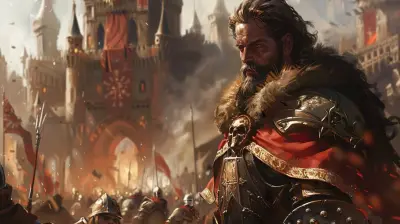
Real-Time Tactics: How to Excel in Fast-Paced Strategy Games
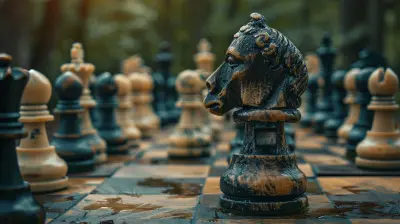
Using Psychology to Your Advantage in Strategy Games

The Unlikely Hero: Playing Non-Traditional Characters in Fantasy RPGs

Balancing Challenge and Reward Systems for Player Retention
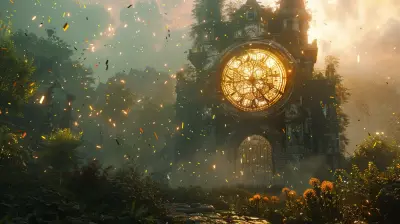
How Long Should a Beta Test Last? Balancing Time and Feedback